Earth and Space Science
![]()
Whether you want your learners to discover sustainable solutions or engineer for natural disasters, you’ll find that these lessons are out of this world!

Lessons marked with an orange gear icon address engineering within the Next Generation Science Standards.
Natural Disasters
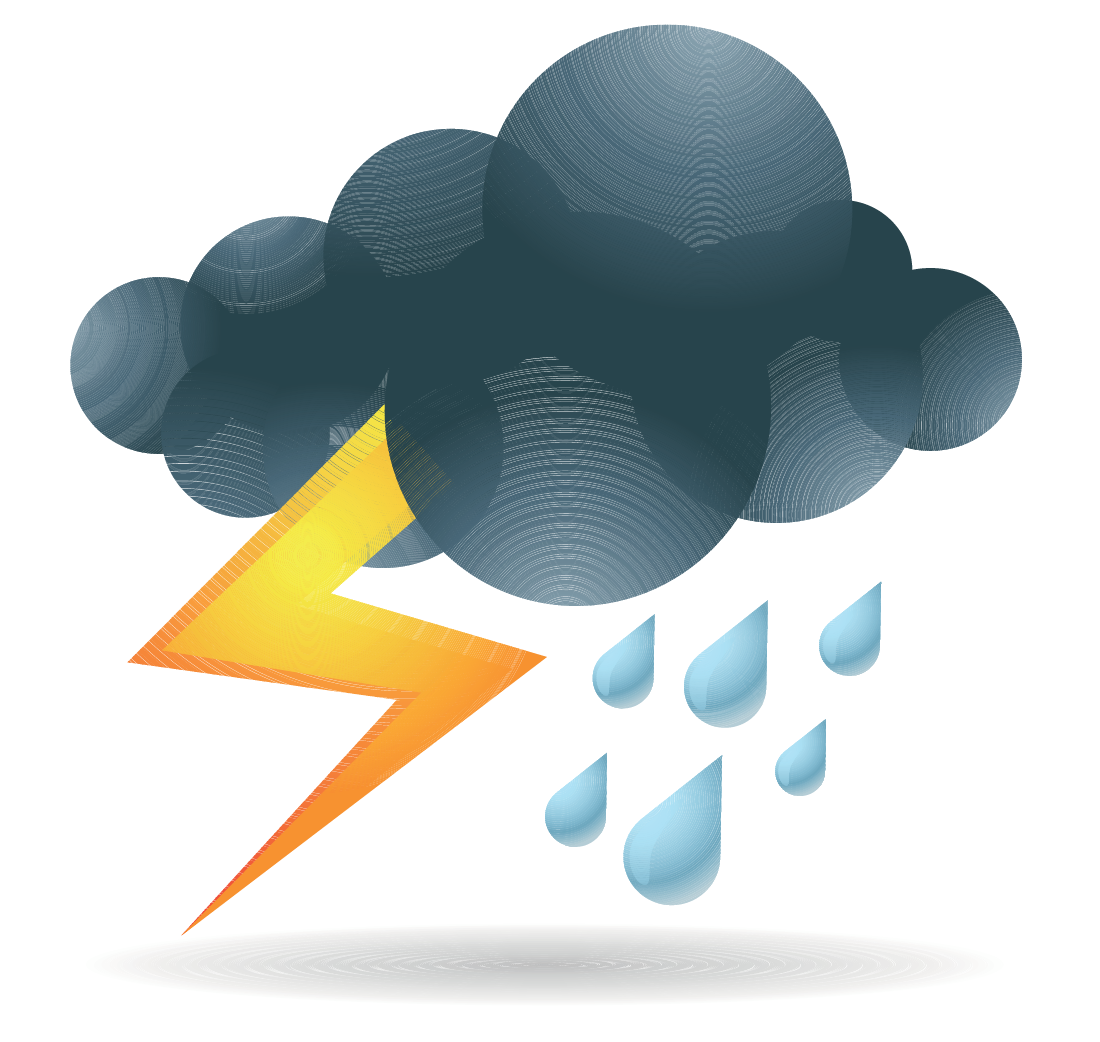
Storm Shield: What Living Things Need
Grade K
Design and build a shelter to keep animals safe in severe weather. ![]()
Lesson: Five 45-minute sessions
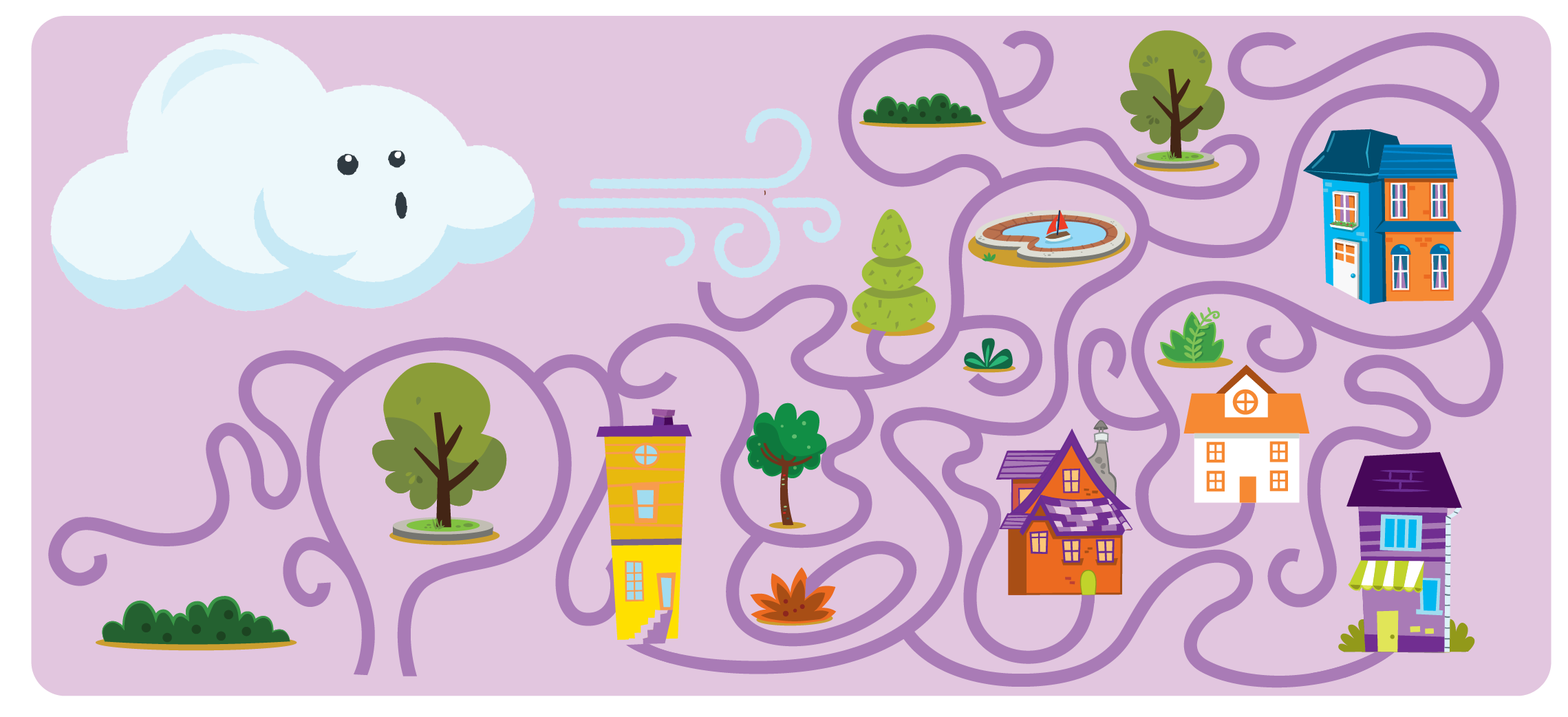
Wind Maze
Grades 4-12
Students will explore the elements by designing a wind maze, a device that can direct the wind along a specific path.
Lesson: 90 minutes
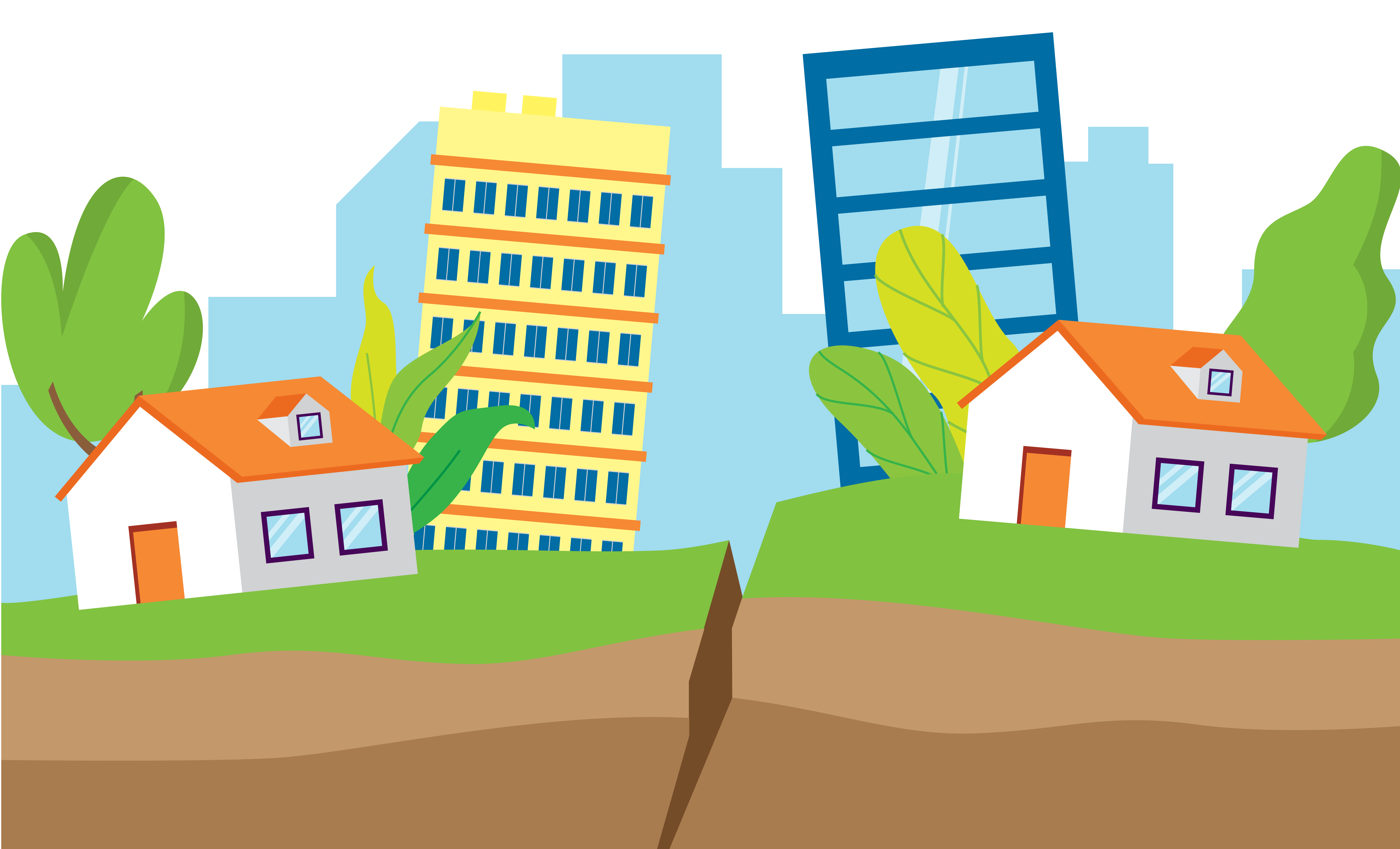
Earthquake in a Box
Grades 5-8
See first-hand how tectonic plates interact and the consequences. (Lab Connection: Engineering for Earthquakes Lab) ![]()
Lesson: 45 minutes
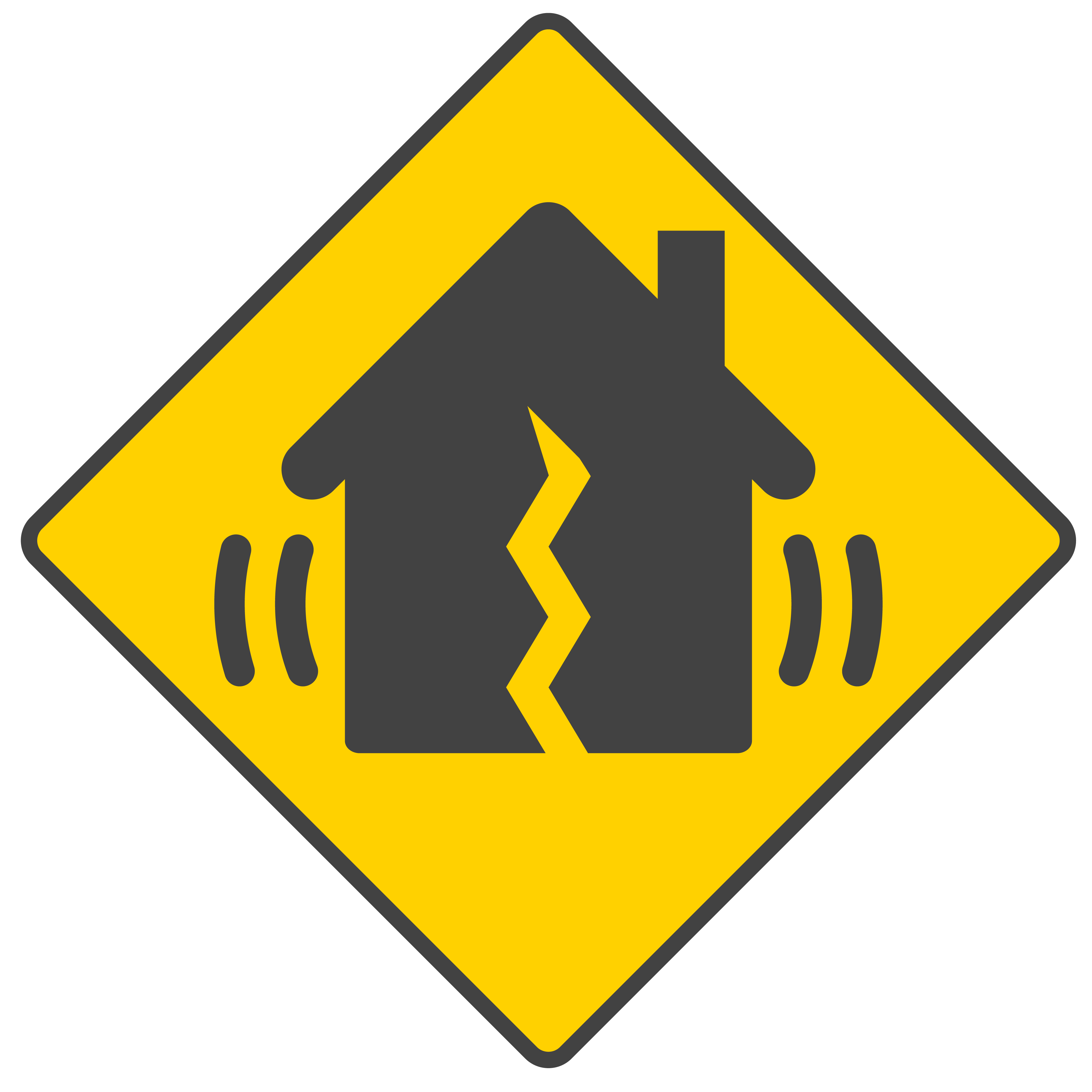
Shaky Shelves: Exploring Cause and Effect
Grade 6
Write a proposal to the mayor for a device that prevents product and profit loss caused by earthquakes. ![]()
Lesson: Four 45-minute sessions
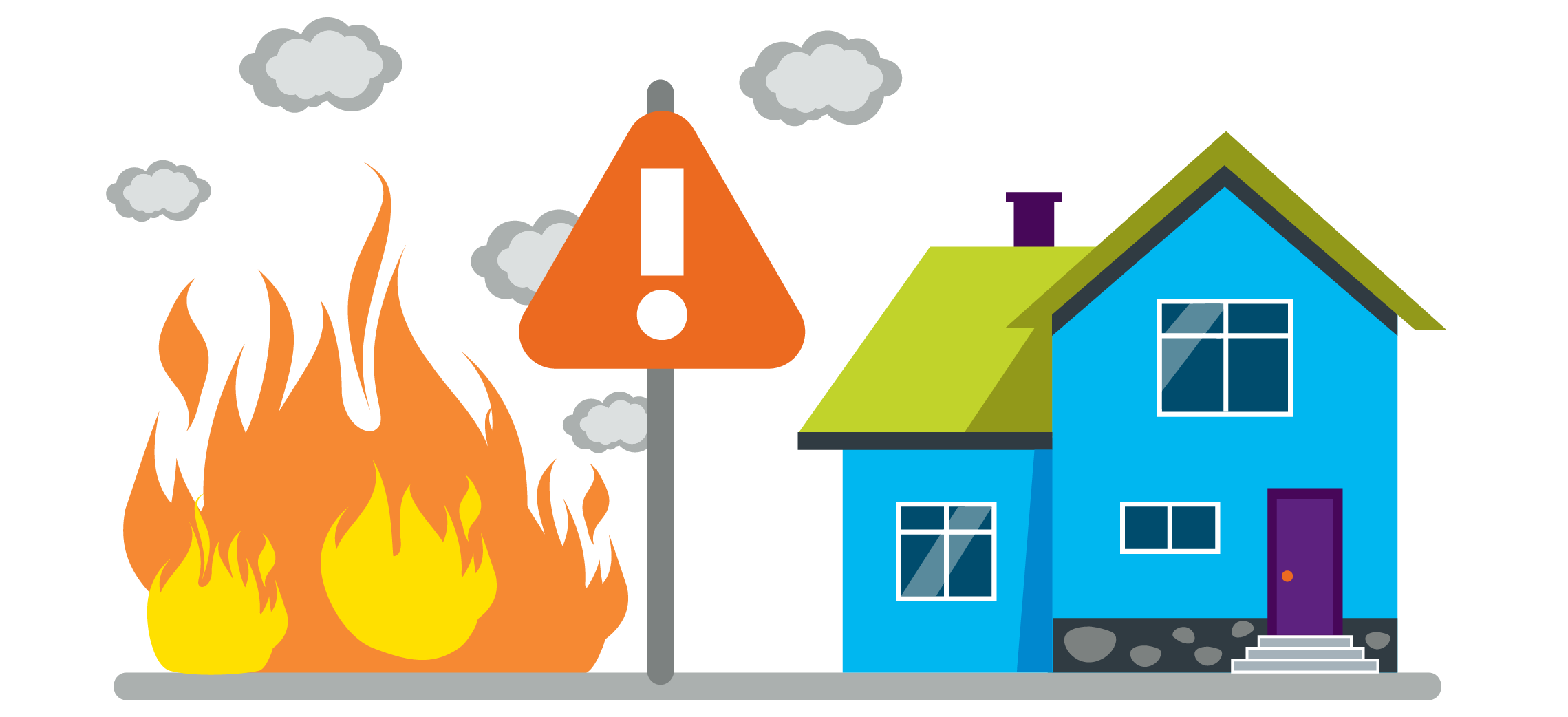
Wildfire Warning
Grades 6-8
Design a wind detection device, an anemometer, that could warn community members of the strength and direction of high winds during a wildfire. ![]()
Lesson: 90 minutes
Unit: 150 minutes
Space
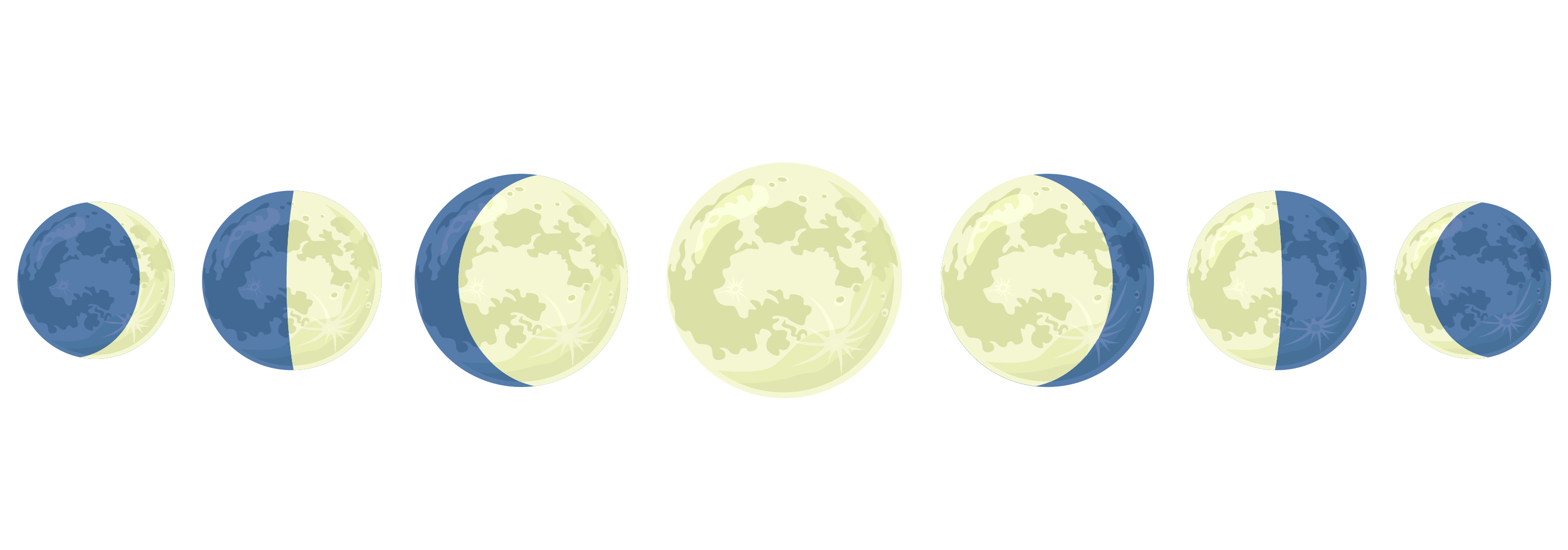
Patterns of the Moon
Grades 3-5
Apply computational thinking skills to identify patterns in the cycle of the moon. Then modify a computer program in Scratch that shows how the moon appears throughout the lunar cycle.
Lesson: 135 minutes
New!
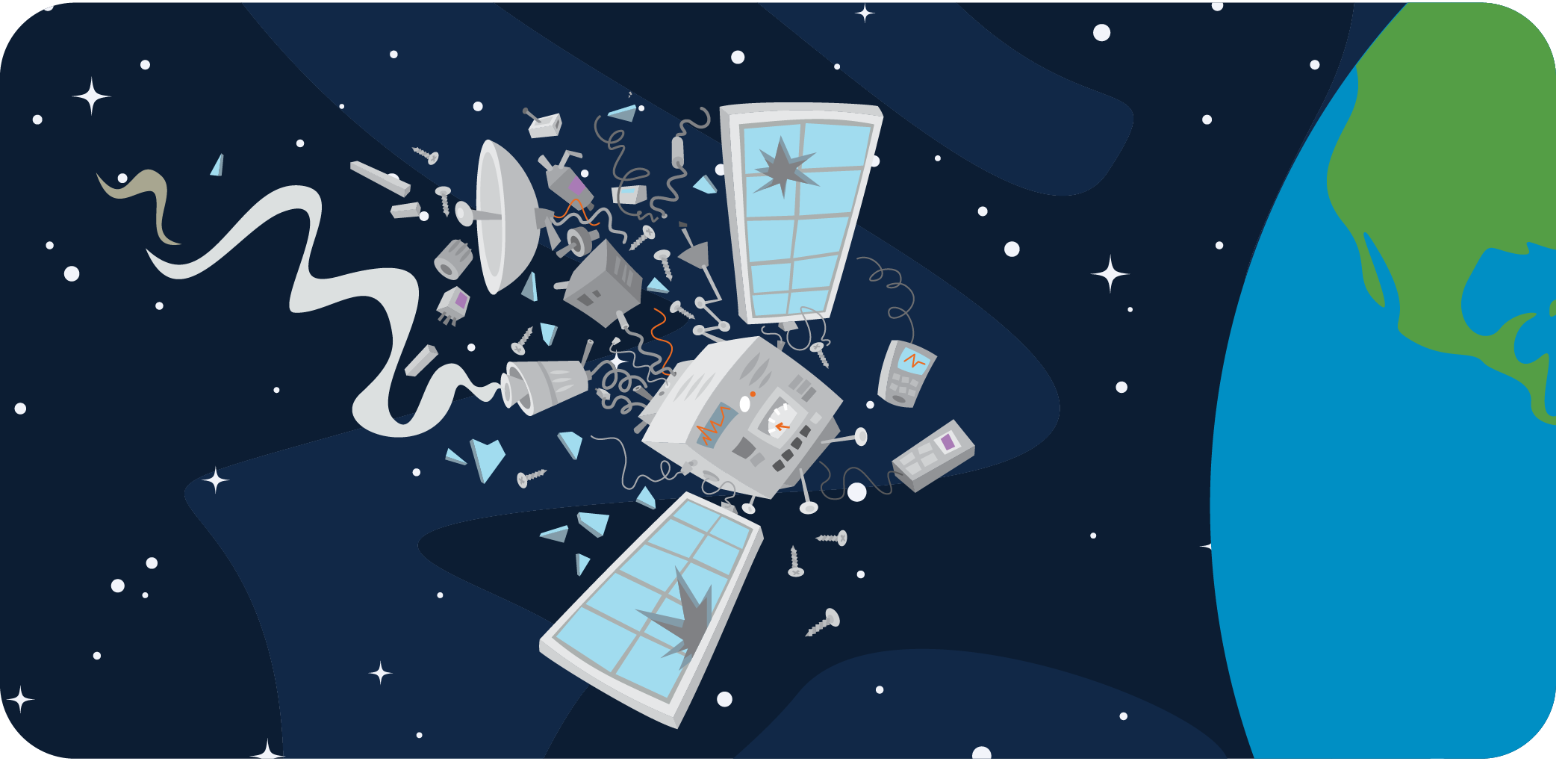
Satellite Shield
Grades 4-8
Explore the properties of materials by designing a barrier that will protect a satellite from colliding objects. ![]()
Lesson: 60 minutes
Sustainable Solutions

Climate Change: Blue Ocean Barns
Grades K-12
Use this video and prompt to spark engagement: What other things do you know that contribute to climate change?
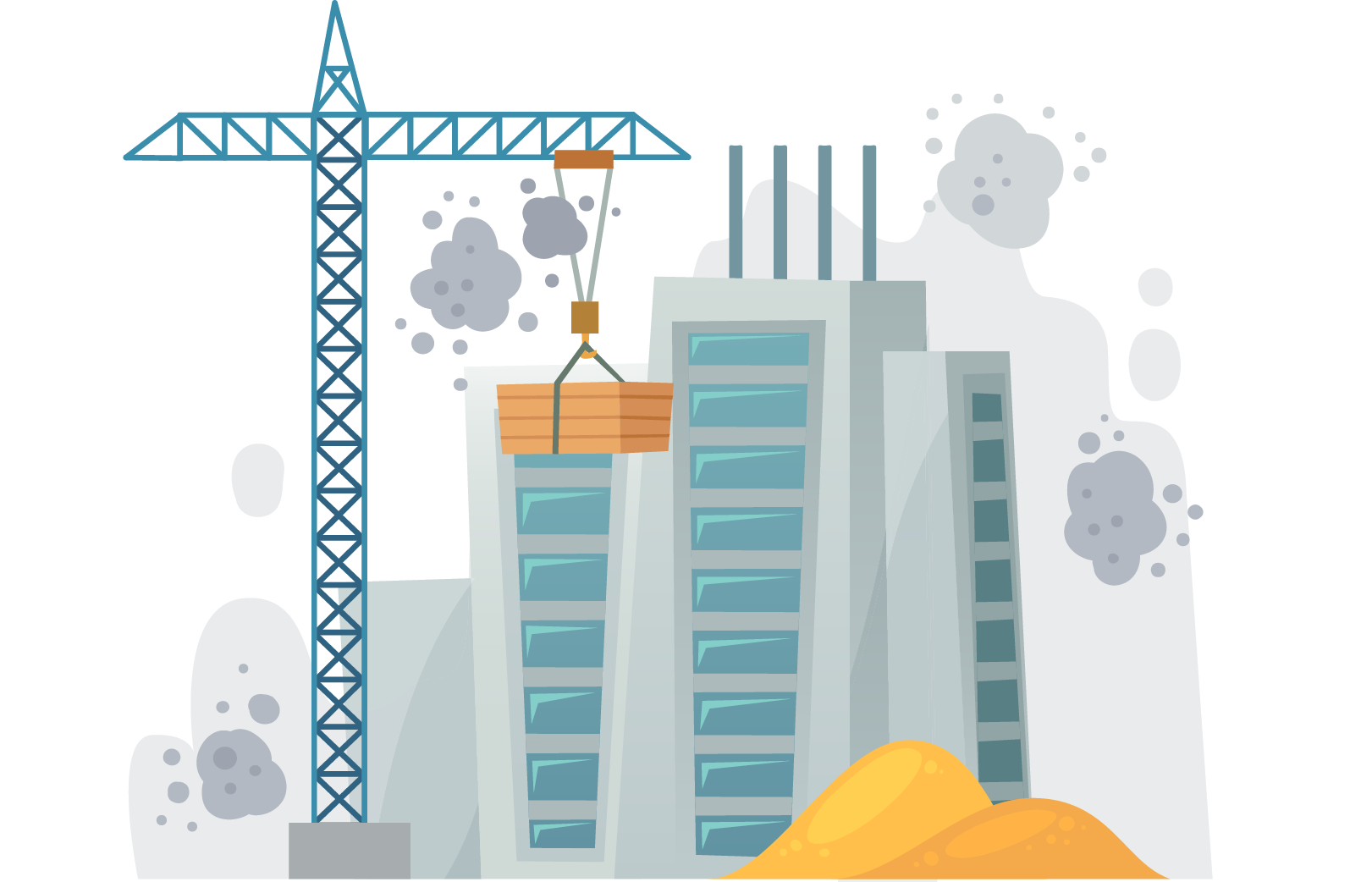
Pollution: Blue Sky Analytics
Grades K-12
Use this video and prompt to spark engagement: Greenhouse gas pollution in the environment traps heat in the Earth's atmosphere and creates climate change. What are the main sources of pollution you see? What do you see in your daily life that creates pollution?
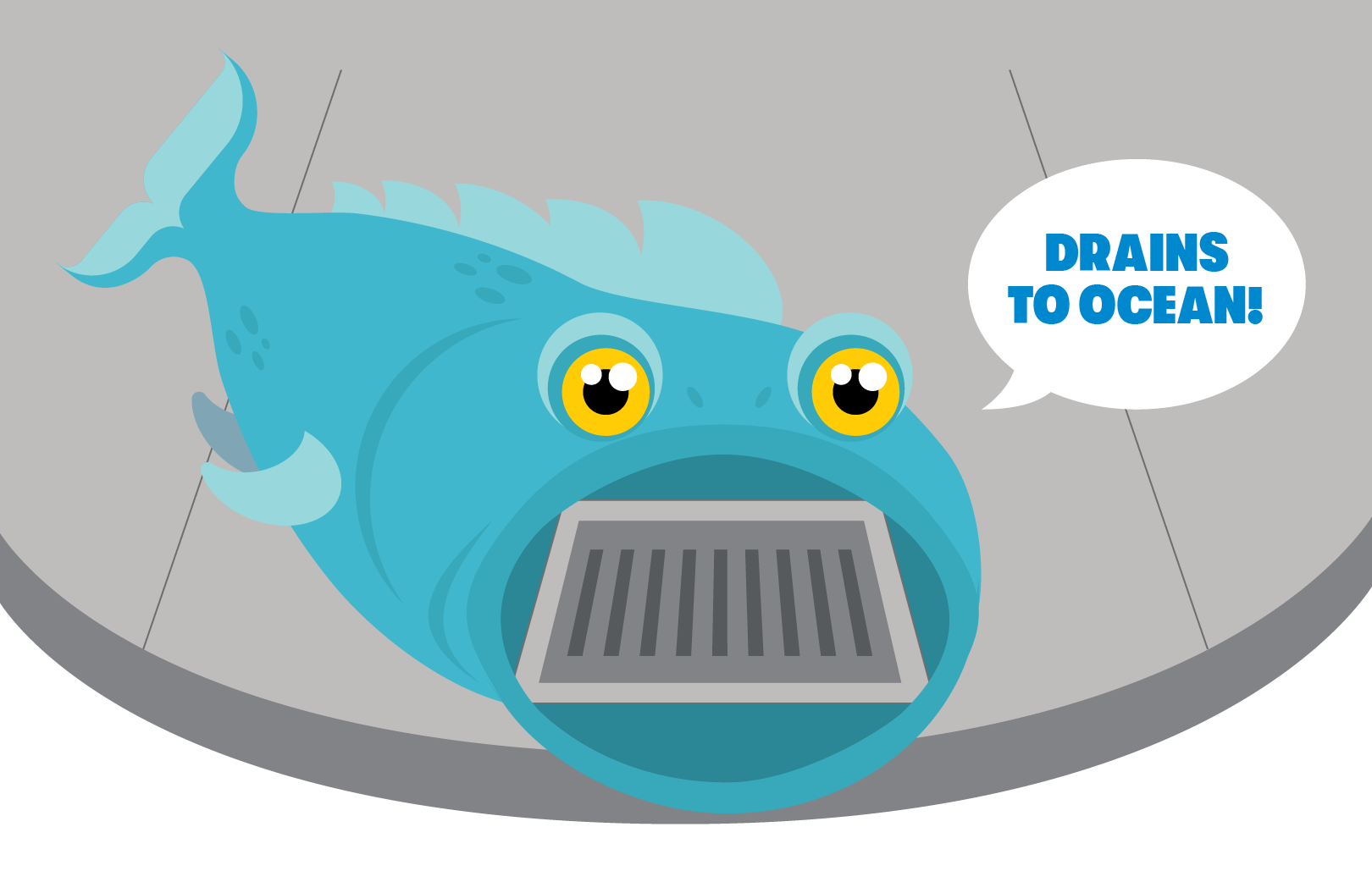
Building a Storm Drain
Grades 3-8
Create a storm drain cover that can keep trash out while letting water pass through in order to protect our waterways. (Lab Connection: Down the Drain Lab)
Lesson: 45-60 minutes
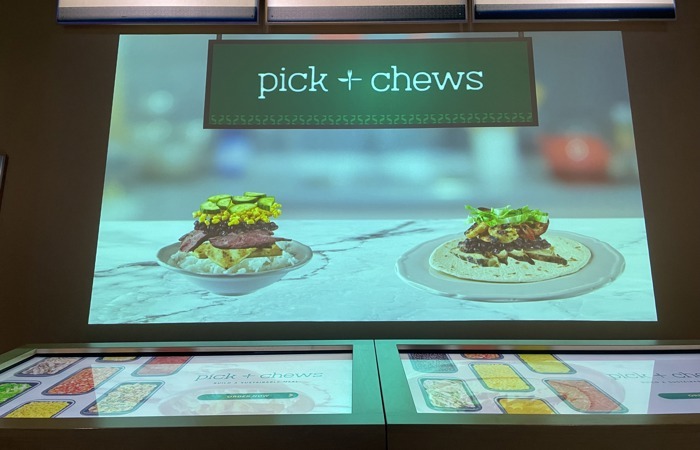
Pick + Chews Data Talk
Grades 3-12
How does the food we eat impact the environment? Analyze graphs about three different food groups and consider how you could build a meal that has less impact on our land, air, or water.
Data Talk: 5-15 minutes
New!

Planet Protectors
Grades 3-12
Students work together to create a Public Service Announcement (PSA) which educates others about protecting our planet. ![]()
Lesson: 120 minutes
New!
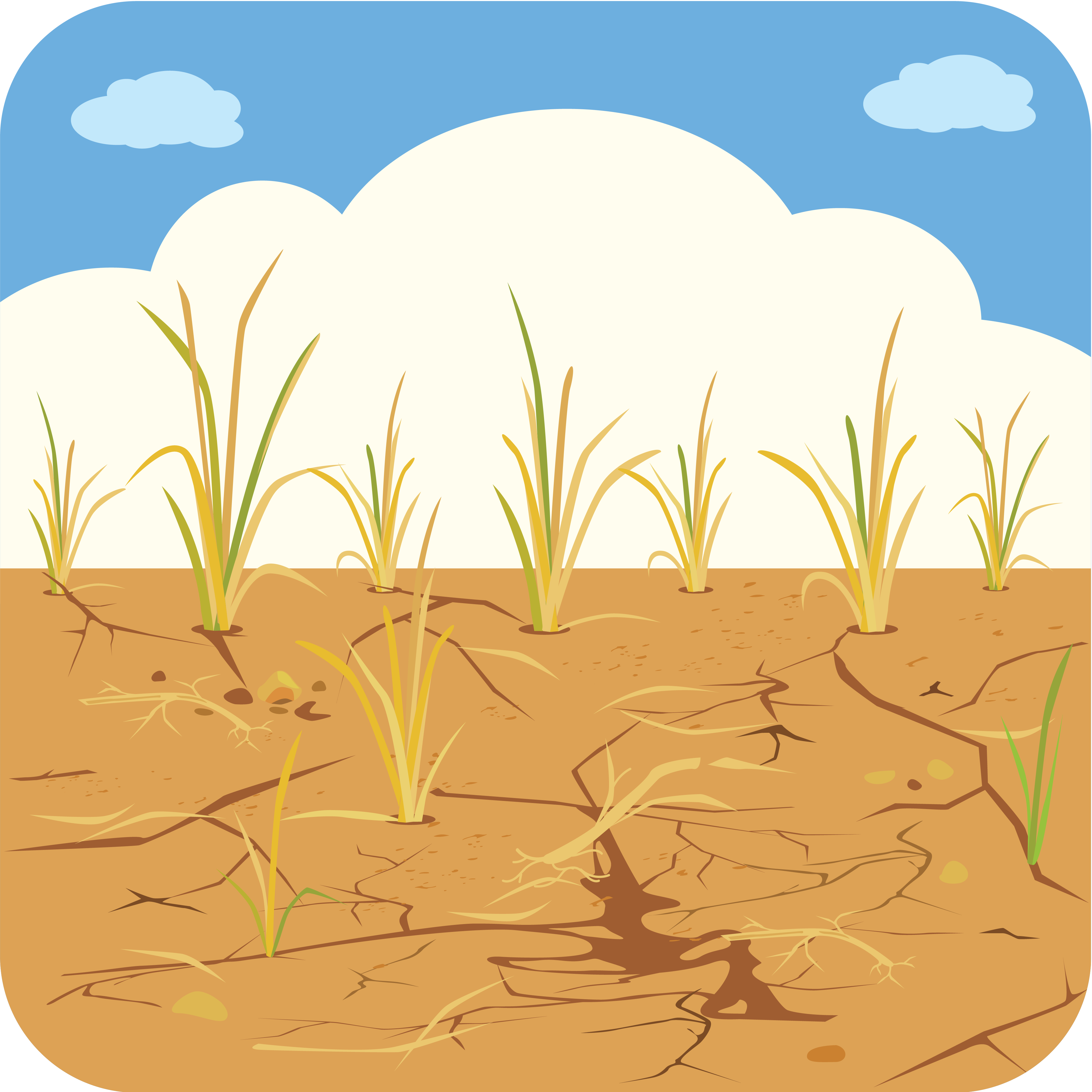
Catch It, If You Can
Grades 4-7
Build and develop a scale drawing of a rain catchment system that will help conserve water. Explore challenges associated with drought in California and how water conservation can be part of a solution. ![]()
Lesson: Five or six 60-minute sessions
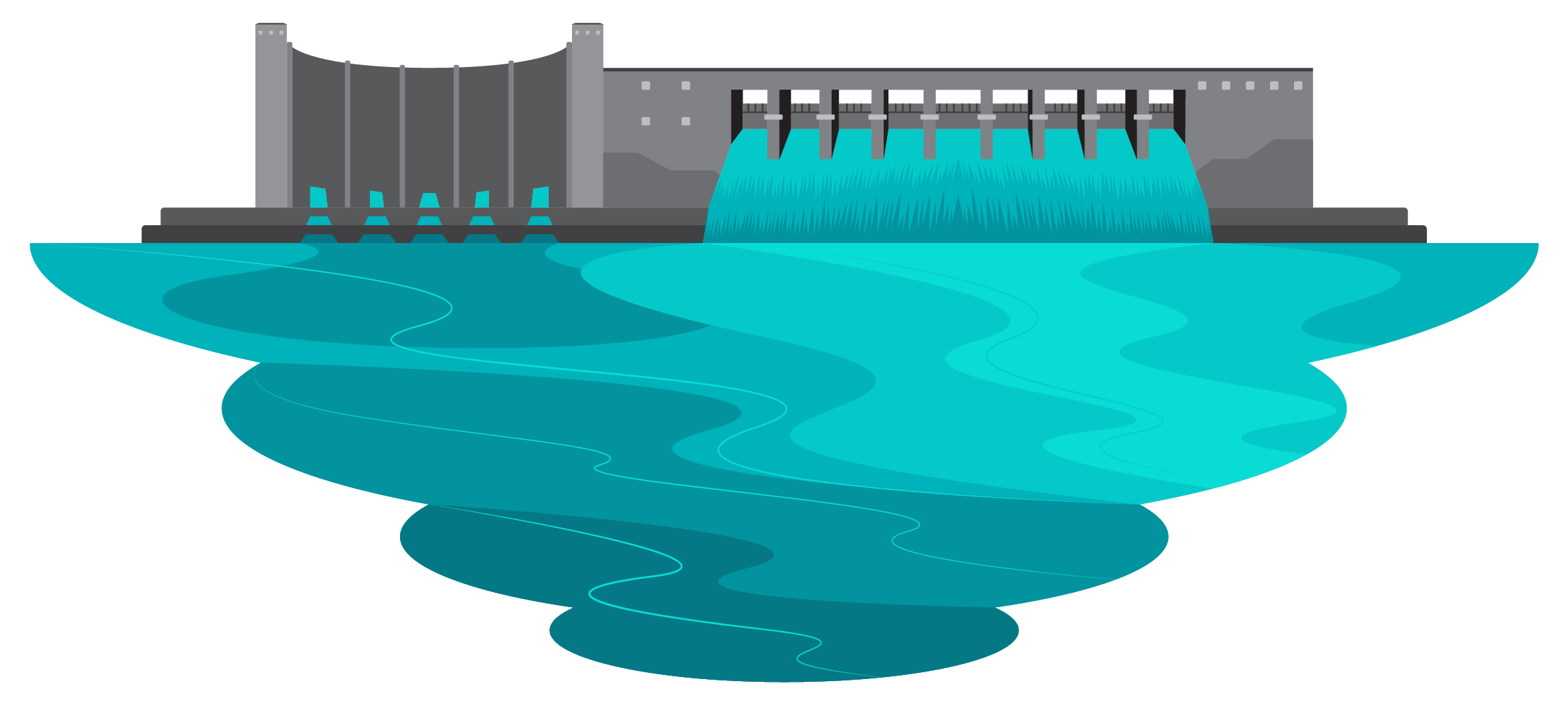
Responsible Reservoirs
Grades 5-8
Play a game that shows the complicated cause and effect relationship involved in major environmental decisions. (Lab Connection: Sustainable Cities) ![]()
Activity: 20+ minutes
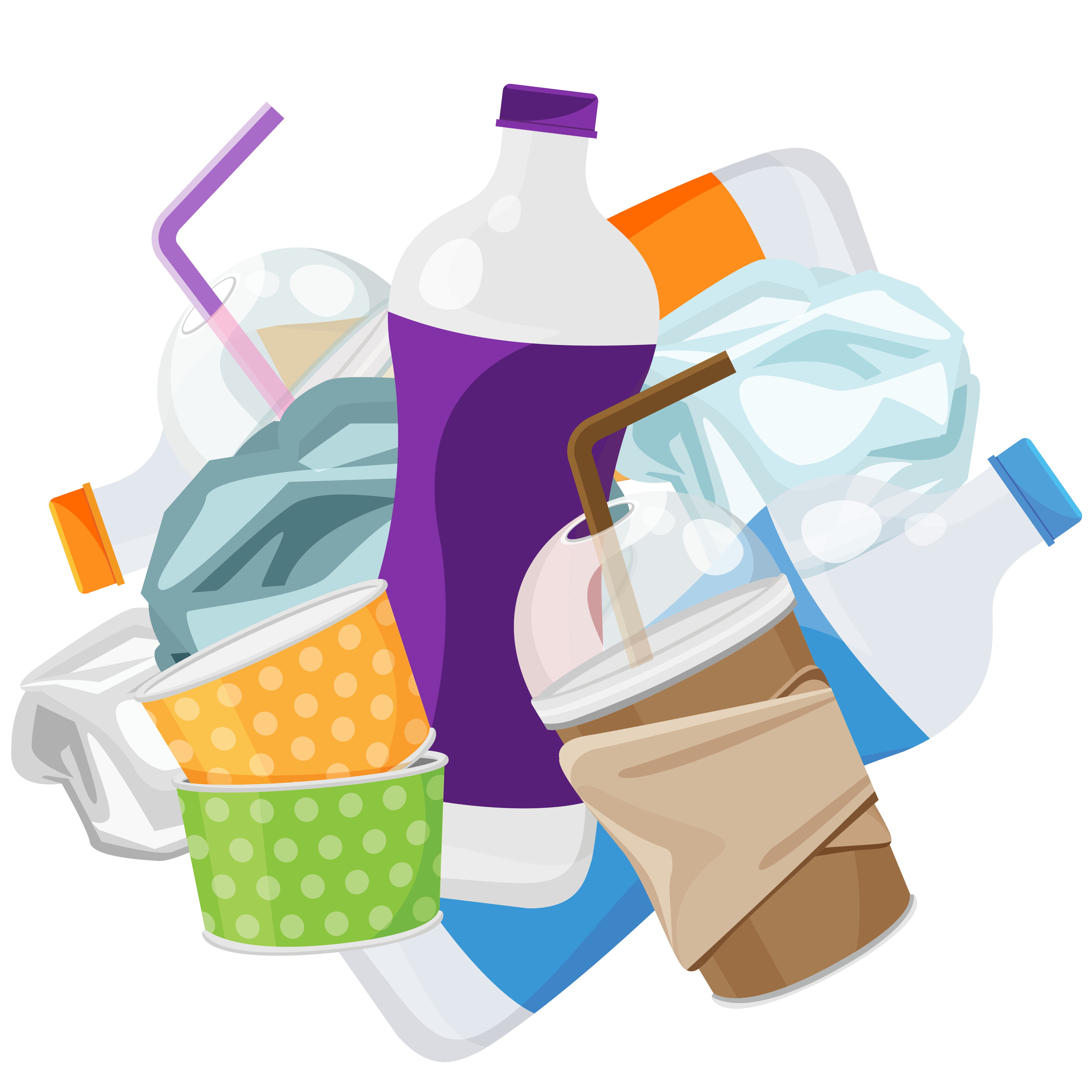
More Plastic, More Problems: Using Ratios to Get Real
Grade 6
Design a device that removes garbage from the ocean while minimizing the number of animals collected. ![]()
Lesson: Five to seven 50-minute sessions

Coastal Erosion: Designing and Debating Solutions
Grades 6-8
Make an argument supported with evidence for a solution to the environmental issue of coastal erosion. ![]()
Lesson: Five 60-minute sessions
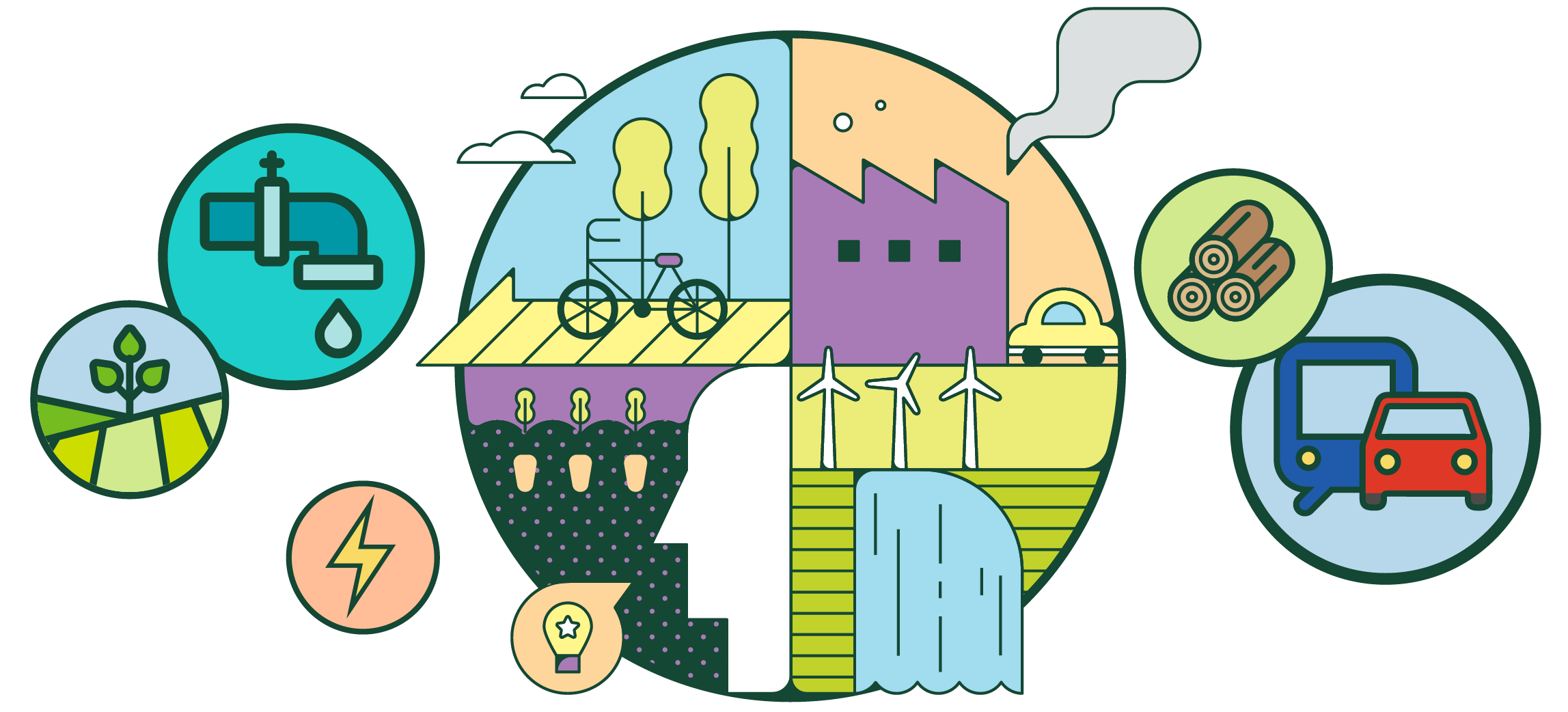
Connecting with Climate
Grades 6-12
Explore how to problem-solve when approaching large-scale, multidimensional issues like climate change. (Lab Connection: Down the Drain) ![]()
Lesson: 90 minutes
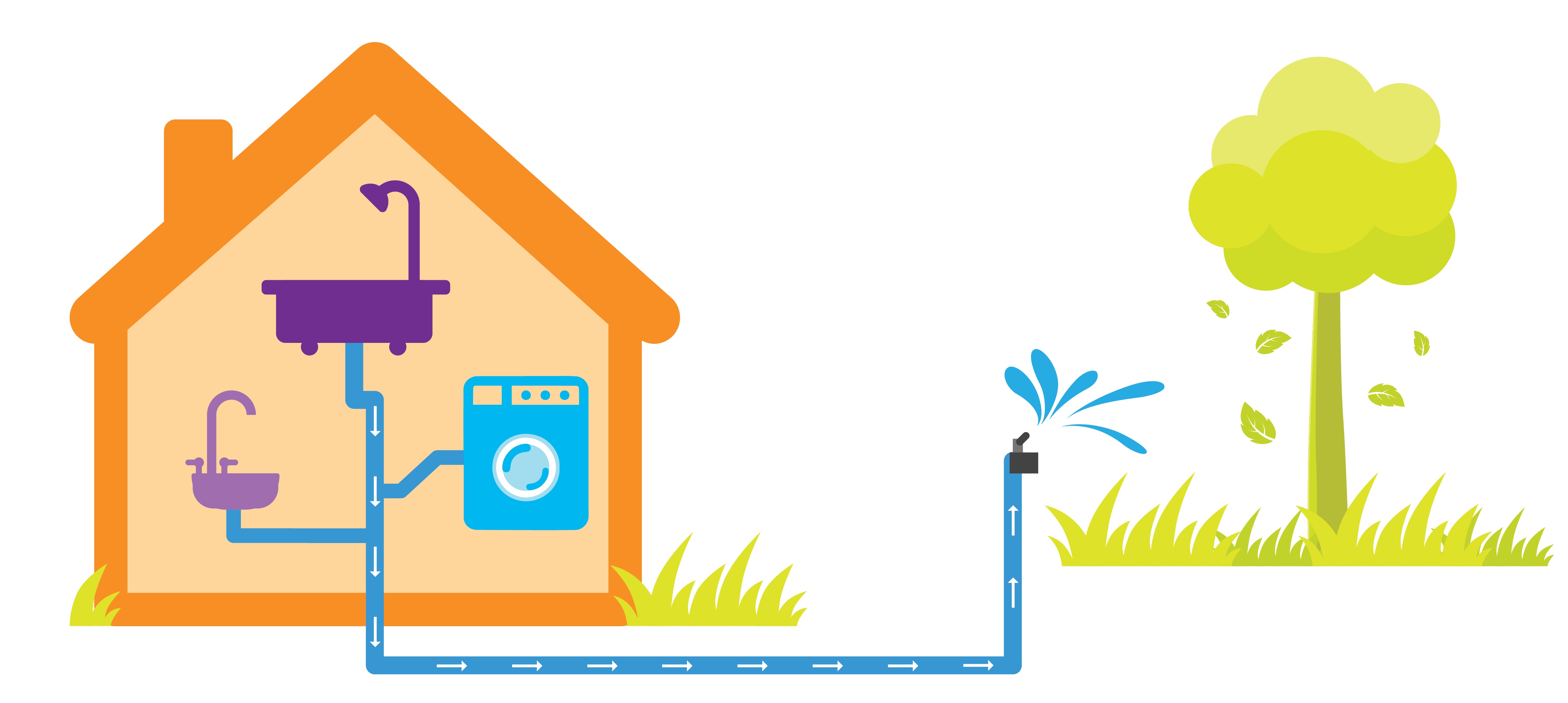
Greywater Gadgetry
Grades 6-12
New!
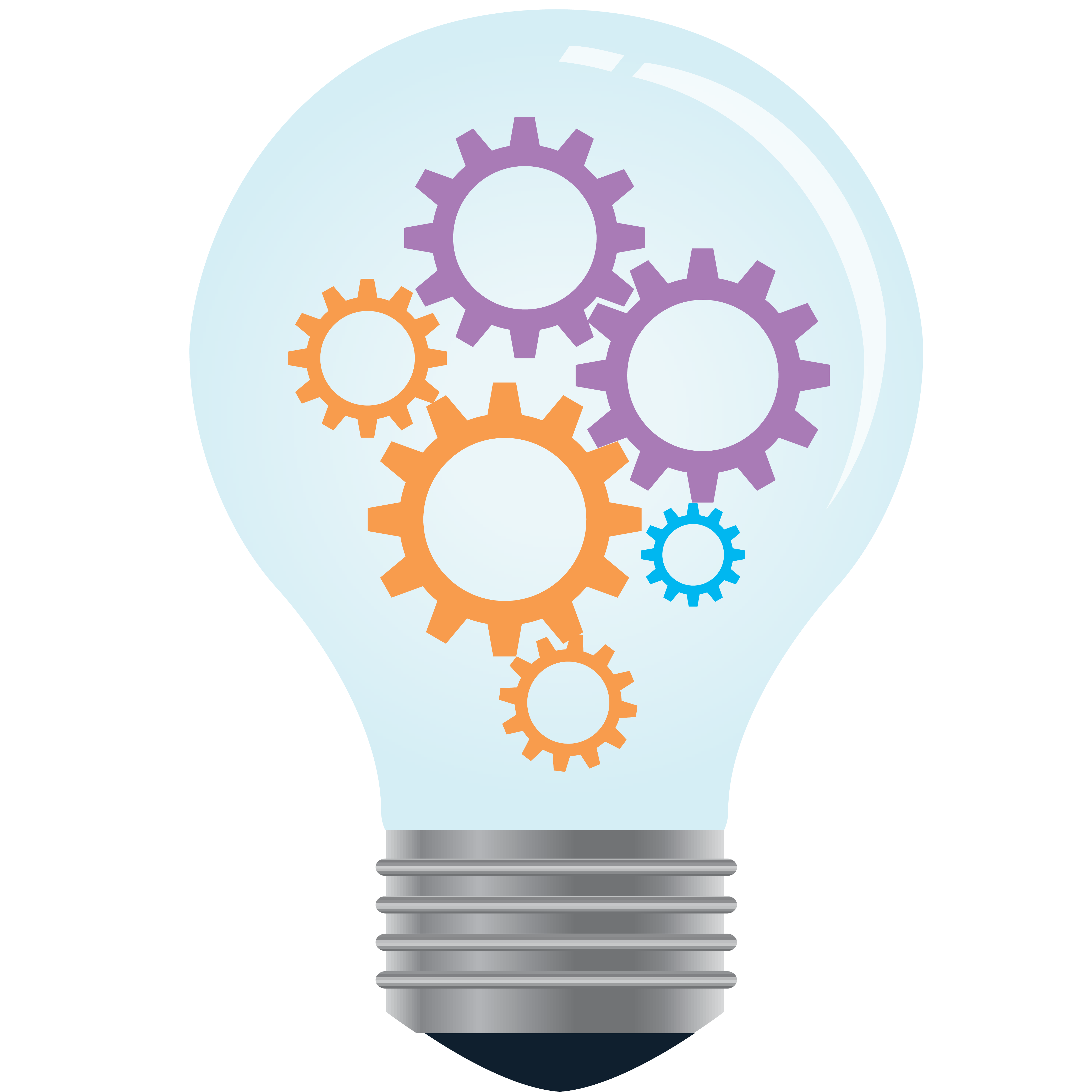
Emerging Technologies
Grades 7-12
Examine environmental issues through the lens of four emerging technologies. Working in teams, students consider the challenges these technologies might face if they were adopted in their own communities. ![]()
Lesson: Three 60-minute sessions
Terrain

Bridging the Gap
Grades 3-8
Build a bridge over a variety of terrains to determine how different designs affect stability and strength. ![]()
Lesson: Five 50-minute sessions
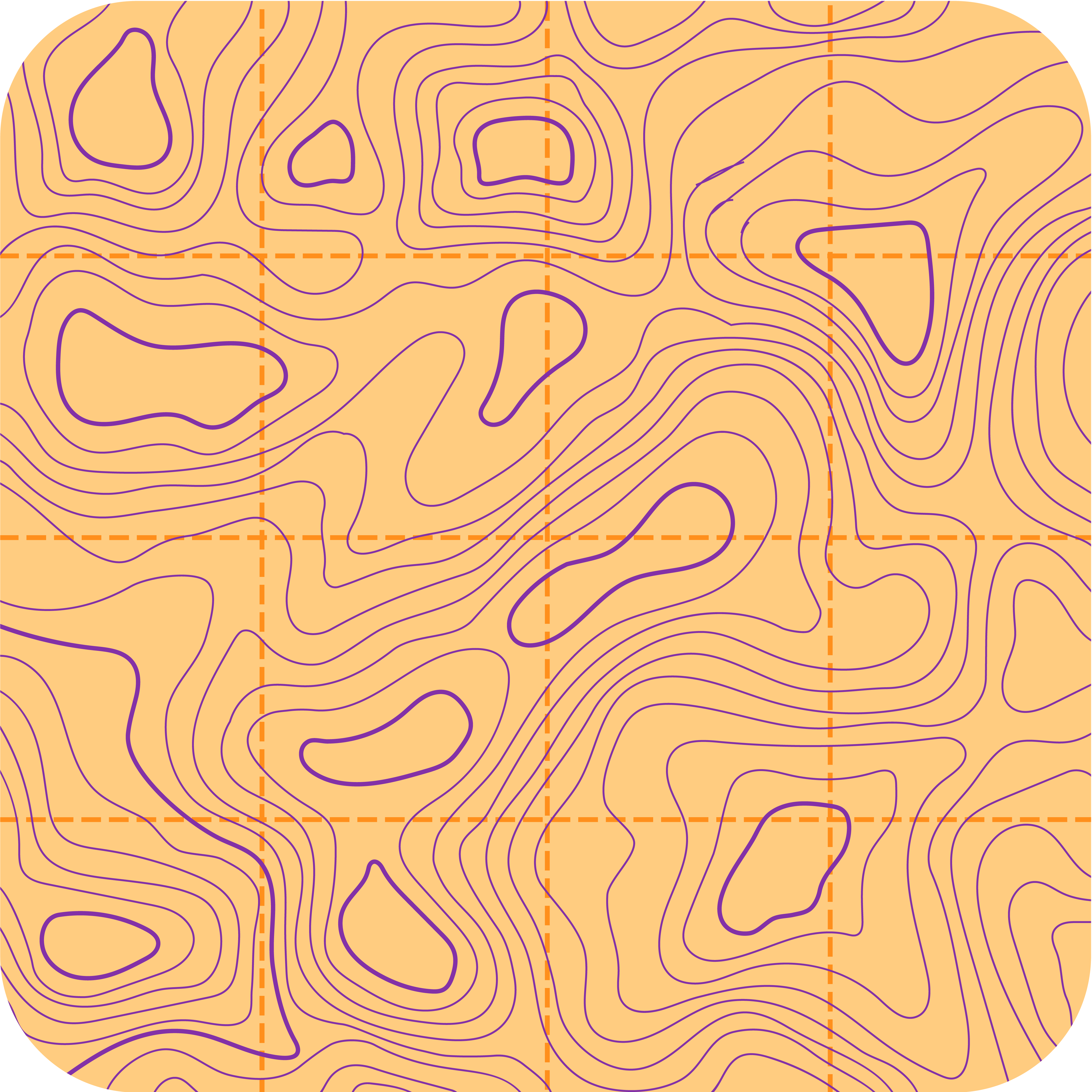
Traverse the Terrain
Grades 4-8
Explore using coordinate planes to navigate a rover through uncharted territory on Mars. Engage in communication and quality control best practices by mapping obstacles and checking other teams’ instructions for accuracy. ![]()
Lesson: 60 minutes
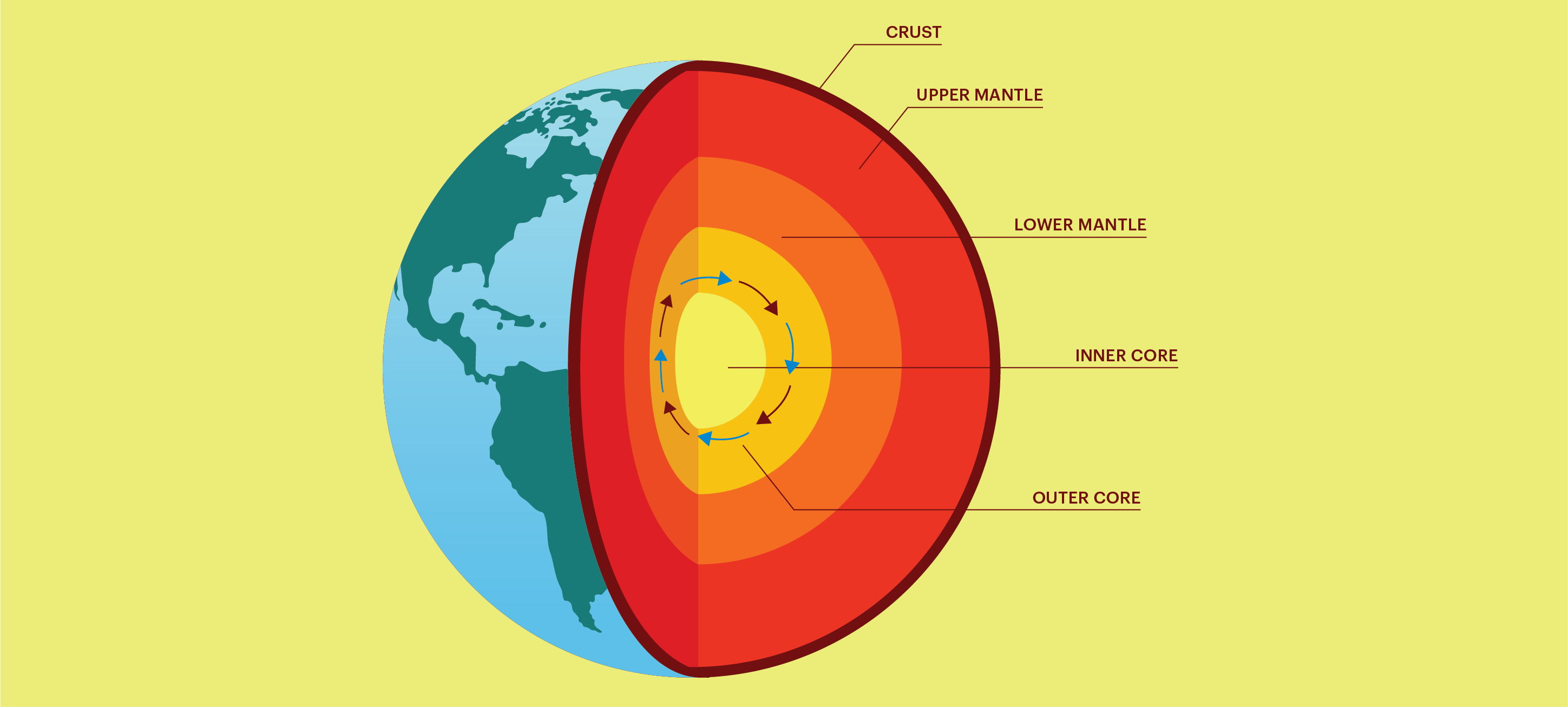
Convection Currents
Grades 4-8
Educator demonstration of how convection currents in the Earth’s mantle cause tectonic movement. (Lab Connection: Engineering for Earthquakes) ![]()
Lesson: 60 minutes
New!
Water
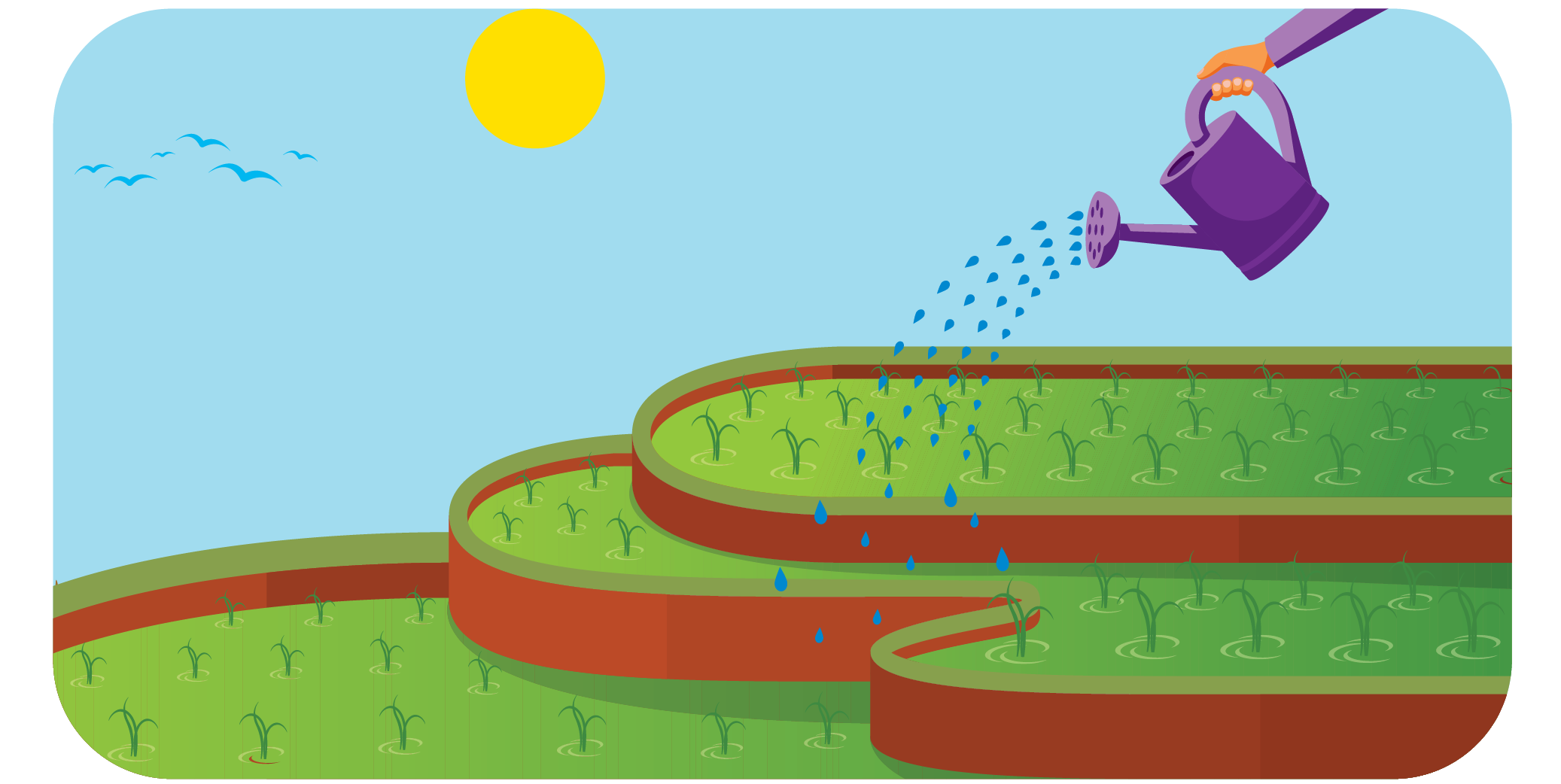
Irrigation Situation
Grades 3-5
Use the design process to create a hillside garden irrigation system that maximizes water efficiency. (Lab Connection: Down the Drain) ![]()
Lesson: 90 minutes
Unit: 150 minutes

Building a Storm Drain
Grades 3-8
Create a storm drain cover that can keep trash out while letting water pass through in order to protect our waterways. (Lab Connection: Down the Drain Lab)
Lesson: 45-60 minutes

Catch It, If You Can
Grades 4-7
Build and develop a scale drawing of a rain catchment system that will help conserve water. Explore challenges associated with drought in California and how water conservation can be part of a solution. ![]()
Lesson: Five or six 60-minute sessions

Responsible Reservoirs
Grades 5-8
Play a game that shows the complicated cause and effect relationship involved in major environmental decisions. (Lab Connection: Sustainable Cities) ![]()
Activity: 20+ minutes

More Plastic, More Problems: Using Ratios to Get Real
Grade 6
Design a device that removes garbage from the ocean while minimizing the number of animals collected. ![]()
Lesson: Five to seven 50-minute sessions

Coastal Erosion: Designing and Debating Solutions
Grades 6-8
Make an argument supported with evidence for a solution to the environmental issue of coastal erosion. ![]()
Lesson: Five 60-minute sessions

Greywater Gadgetry
Grades 6-12
New!
 Skip Navigation
Skip Navigation
